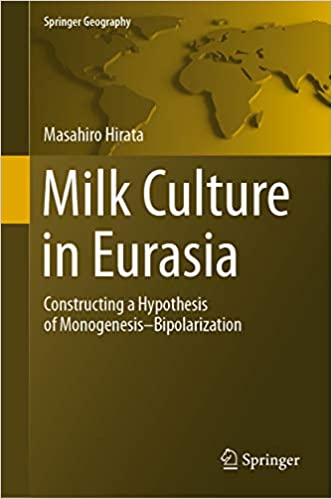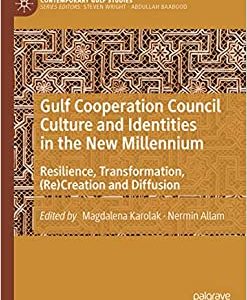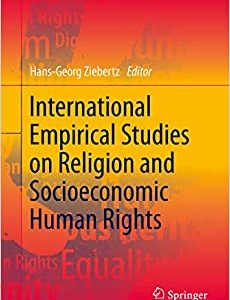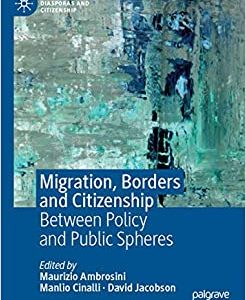The invention of milking and milk use created a new mode of subsistence called pastoralism. On rangelands across Eurasia, pastoralists subsist by extensive animal husbandry and by processing their animals’ milk. Based on the author’s fieldwork over more than two decades, this book details the processing systems and uses of milk observed in pastoralist and farm households in West Asia, South Asia, North Asia, Central Asia, the Tibetan Plateau, and Europe and the Caucasus. Milk culture in each region is characterized by its processing technology and use of milk, and characteristics common to wider geographical spheres are identified. Inclusion of case studies from the literature expands the continent-wide perspective and provides further indications of how milk culture developed and diffused historically. The inferences drawn are expressed in the author’s monogenesis–bipolarization hypothesis of Eurasian milk culture, that milking and milk processing had a single center of origin in West Asia, and that the technology involved the spread from there across the continent, developing distinct characteristics in northern and southern spheres. Finally, because milk culture underpins pastoralism as a mode of subsistence, the typology and theory of pastoralism are re-examined from the standpoint of milk culture.
Product details
- File Size: 118491 KB
- Print Length: 376 pages
- Publisher: Springer; 1st ed. 2020 edition (March 16, 2020)
- Publication Date: March 16, 2020
- Language: English
- ASIN: B085Z85DQC
- Text-to-Speech:
Enabled

- Word Wise: Not Enabled
- Lending: Not Enabled











